Can I reuse PPE??


Image credits Pexels
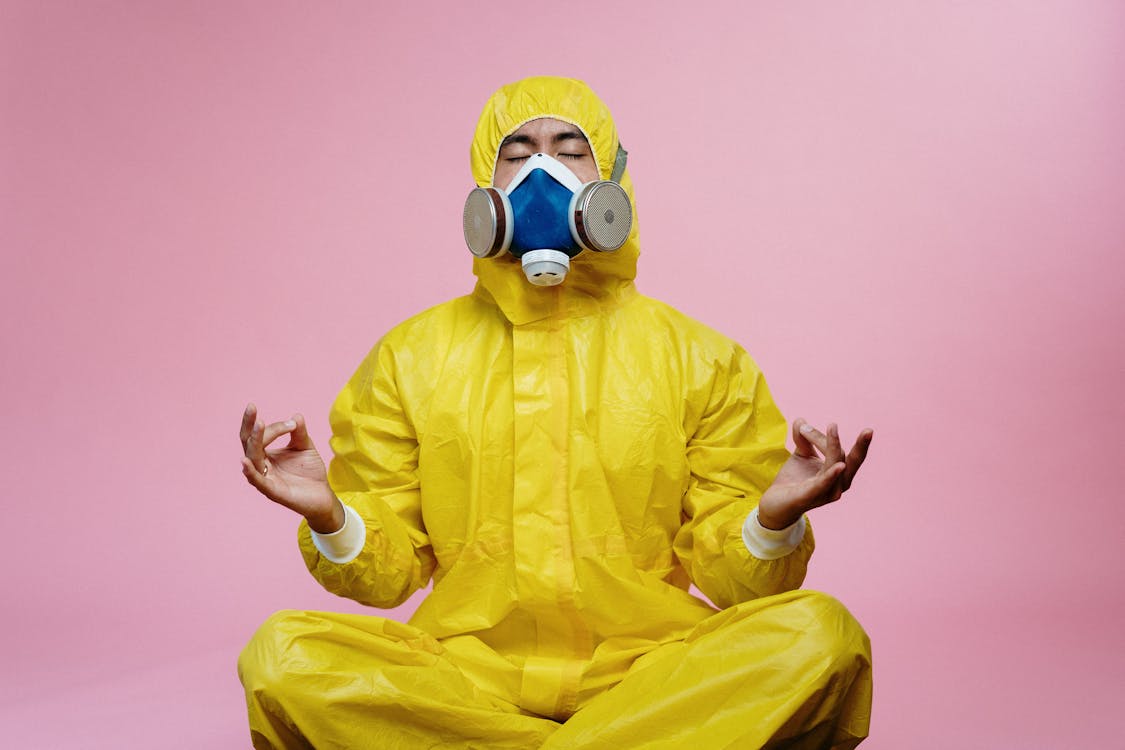
Can we wash the PPE suit?
NO. As per the FDA or CDC guidelines, we can never wash a disposable PPE as it will loose the protective barrier and will no longer be effective as a protective equipment.

Microorganisms and the role of textiles
PPE can get contaminated by contact, droplets or aerosols from patients' body fluids.
The microorganisms can survive from hours to days depending upon the fabrics used in a PPE.
It is reported that Methicillin Resistant Staphylococcus Aureus (MRSA) or Vancomycin Resistant Enterococci (VRE) can survive on the gowns or gloves for days in 67% of cases.
Various materials and their contamination

Image credits Pixeles
Different bacteria and viruses are found on gowns, within few moments of interaction, inside the isolation ward without performing any of the aerosol generating procedures like, cotton coats 12.6%, plastic aprons 9.2% and on uniforms 15%.
The persistence of bacteria and viruses depends greatly on the type of microorganisms. While some bacteria can die within few minutes and other can survive for several days.
Depending upon the material and the humidity of the air, persistence of viruses can range from few weeks to several months.
A number of studies have shown that textile plays the critical role in the chain of infection caused by microorganisms.
Terminology for gowns.
Currently there is a confusion about the terminology of gowns like, isolation gowns, cover gowns, precaution gowns, protective gowns.
The isolation gowns or cover gowns are used in the operation theater over the scrub dress or suits to prevent the exposure of scrub suits and skin surfaces.
The protective gowns and precaution gowns are the isolation gowns used as an impervious gowns with high level of protection.
How to define a "non-surgical isolation gowns" and "surgical isolation gowns" creates the confusion.
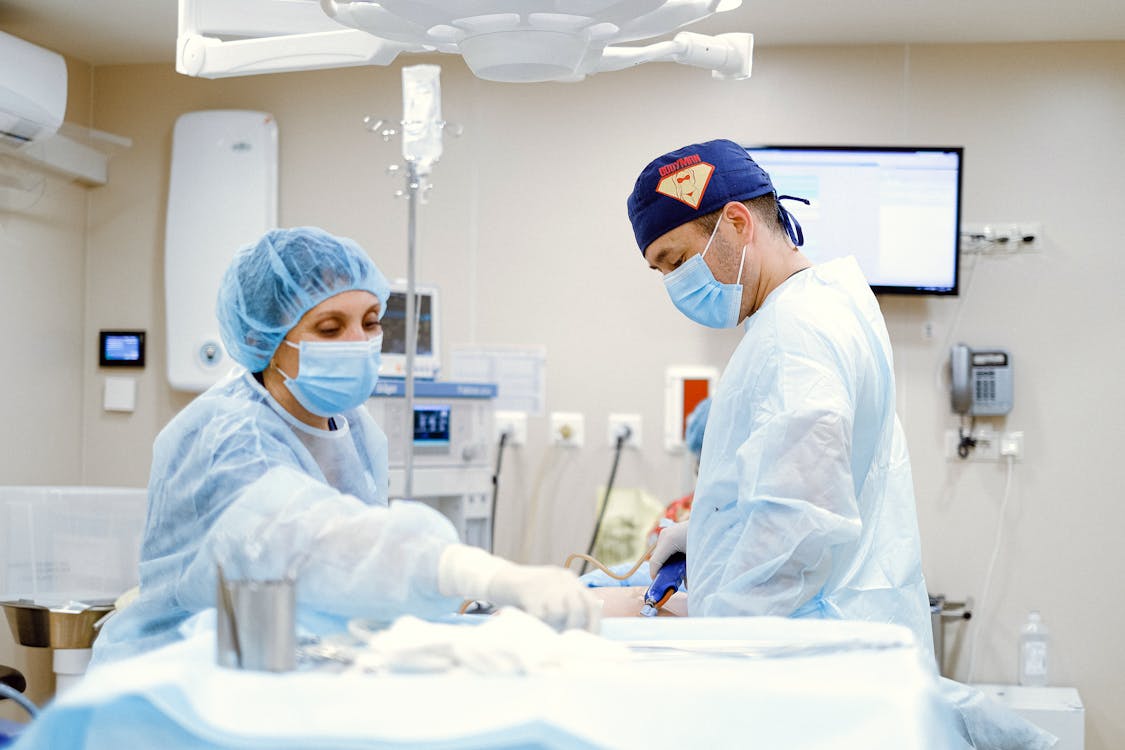
Image credits Pixeles
Materials used for isolation gowns.
Old style isolation gowns are made of 100% cotton or 50/50 polyester. This isolation gowns offered very minimal protection because of fabric deterioration.
Types of isolation gowns
1) Disposable/ single use isolation gowns
2) Reusable/ multi-use isolation gowns.
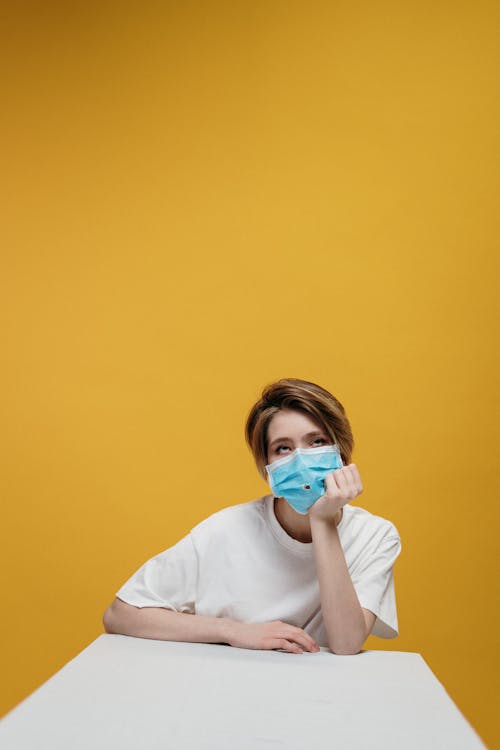
Image credits pixeles
Disposable or Single use isolation gowns are constructed with Nonwoven materials or in combination of materials that offers increased protection from liquid penetration. eg. Plastic films.
The raw materials for these isolation gowns are polyester, polypropylene, or polyethylene.
Reusable or Multi-use isolation gowns are constructed with fabrics specially engineered with particular fiber types, bonding process and fabric finishers.
Reusable gowns are made up of 100% cotton, or 100% polyester or polyester cotton blends. These fabrics are tightly woven plain weave fabrics with chemically finished outer layers and pressed through rollers to enhance the liquid barrier properties.
Reusable gowns can be used about 50 times post washing and drying cycles. This number may vary according to the manufacturer instructions.
Transmission through PPE
Micro-organisms through fabrics depend upon the
Size and shape of the microbe
Surface characteristics of the microbe
Physical and chemical characteristics of the fabric.
The transmission also depends upon the carrier of the microbes. Like body fluids, skin cells, dust or respiratory droplets.
Properties for barrier performance
Fibers with irregular surfaces and shorter in length are more effective in preventing the transmission.
Very thin or fine fibers like micro fibers are more effective barriers.
Using high absorbent fibers will absorb the liquid and as a result the micro-organisms can be trapped within the fiber structure.
Natural fibers like cotton, wool or silk have higher absorbency than the synthetic fibers of polypropylene or polyester.
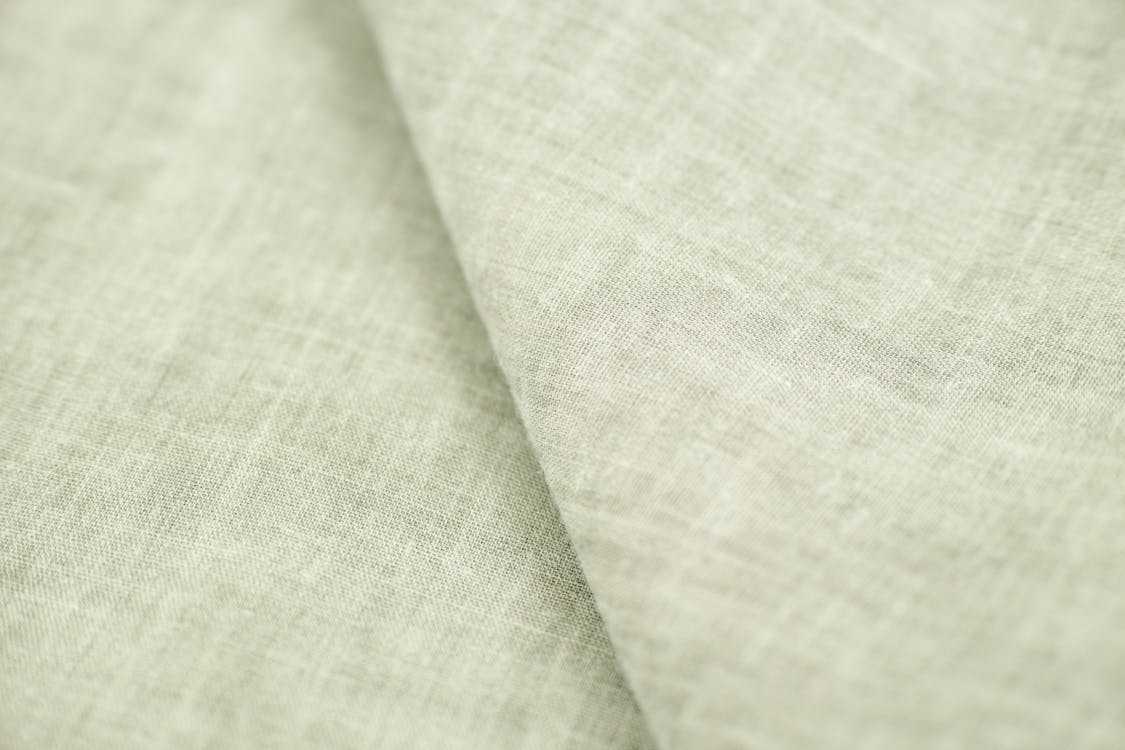
Image credits Pexels
Non woven fabrics are more successful in reducing the liquid transmission. Commonly used Nonwoven technologies are spunbond or spunbond-meltblown-spunbond technologies.
Additional layers of materials for coating, reinforcement or laminates can obtain higher performance ratio.
Some of the studies show that smaller pore sizes of fabric can reduce the bacterial transmission. Though the liquid carriers may act as a lubricant to enhance the penetration.
Penetration and permeation

Image credits Pixeles
Penetration is the bulk flow of gases, vapors or liquid through a porous fabric driven by a pressure gradient across the barrier.
Permeation is the diffusion of gases, vapors or liquids through a barrier on a molecular level.
This concern has brought the concept of repellancy.
Repellancy of a fabric is increased by reducing the surface energy.
Smoother the surface it will shed liquids more readily.
Repellant finishes.
Fluorocarbon based chemicals are more often used to increase the surface repellancy.
It can repel both water and oil based liquids.
Though its efficiency is great but it is non resistant for transmission of the liquid after a certain level. Once the gown is wet the surface finish looses its effectiveness.
The repellant layer can easily get damaged by the use of isopropyl alcohol.
To improve the repellant properties now anti microbial finishes are also used as a barrier layer on the surface of a gown. This new addition can effectively reduce the cross transmission of bacteria through the gowns.
Higher fabric repellency ratings and smaller pore size generally corresponded with higher barrier properties.
But are we really safe from the present pandemic???

Image credits Pixeles
Gown designs and its effectiveness.
One should also consider the gown designs suitable for their jobs before investing in a bulk order.
The ideal gowns must have an effective barrier quality, functionality, comfort, cost effective, fit to use, bio-compatibility, flammability, odor and maintenance quality.
One should consider the glove-gown interface before using it.
There are 3 types of cuff designs available in the market. One should know the best cuff designs suitable for their works.
3 types are
Elastic cuffs
Knit cuffs
Thumb loops.
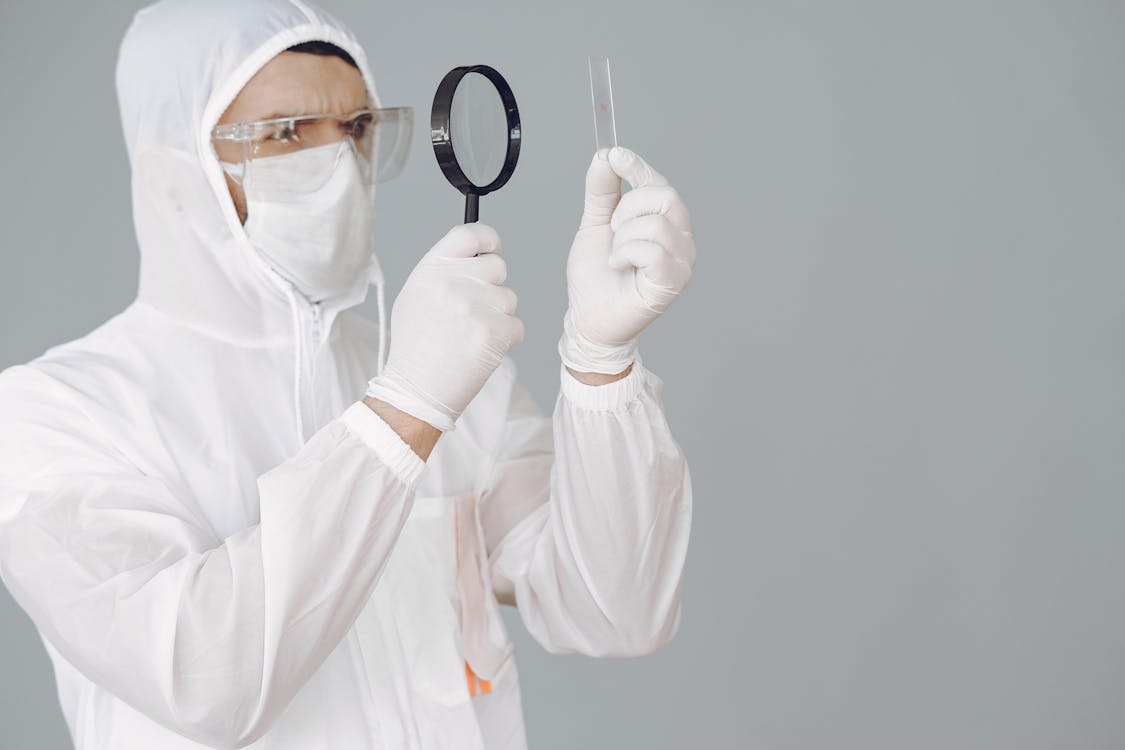
Image credits Pexeles
It is not easy to select a specific cuff design for a specific job. Hence to prevent any contamination gloving over the cuff is strictly recommend.
Next consideration must be upon the neck design. The variable neck designs may affect the donning and doffing of the gowns.
3 different types of neck closure gowns are tie type, tape tab and hook and loop neck closure.
The Ending Lines
There is no evidence of covering more parts of body will lead to better protection.
The more difficulty in donning or doffing with less comfort PPE set may bring greater risk of contamination even after the best protection. On the other hand more breathable suits may lead to similar contamination but with a great user satisfaction.
Using a PPE kit properly is yet beyond some foggy veils that we do not know the best way to use it and discard it.

Image credits Pexels
One should take the PPE venture responsibly to stay safe and to prevent the contamination.
Please do not decide in a hurry to get back to your jobs. Please wait and judge the set according to your need, comfort and cost effectiveness.
In some cases you may not need any PPE kit as a prevention protocol. Please do judge and imply accordingly.
Stay safe, stay well.

Image credits Pexels
Presented by Dr. Arka Bhattacharya
Other blogs
An era of reusable N95 masks... Really??
FDA Questions About Personal Protective Equipment (PPE)

No comments:
Post a Comment